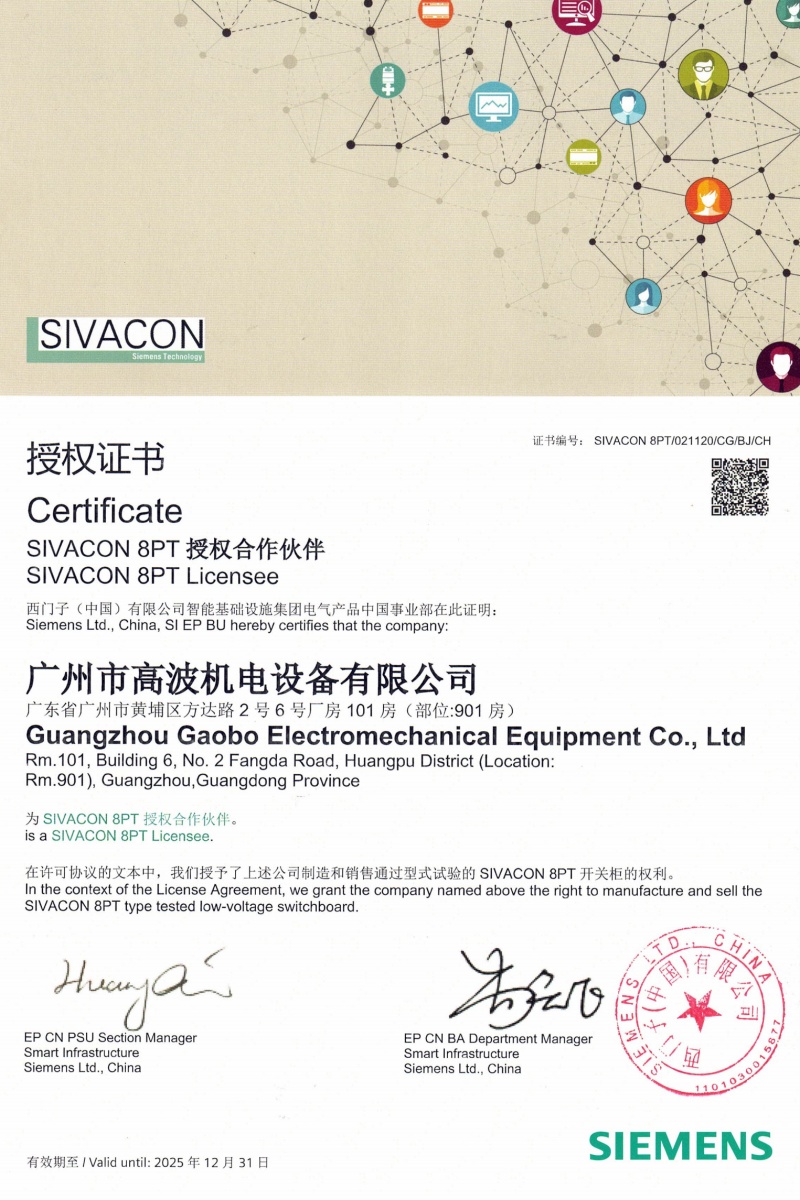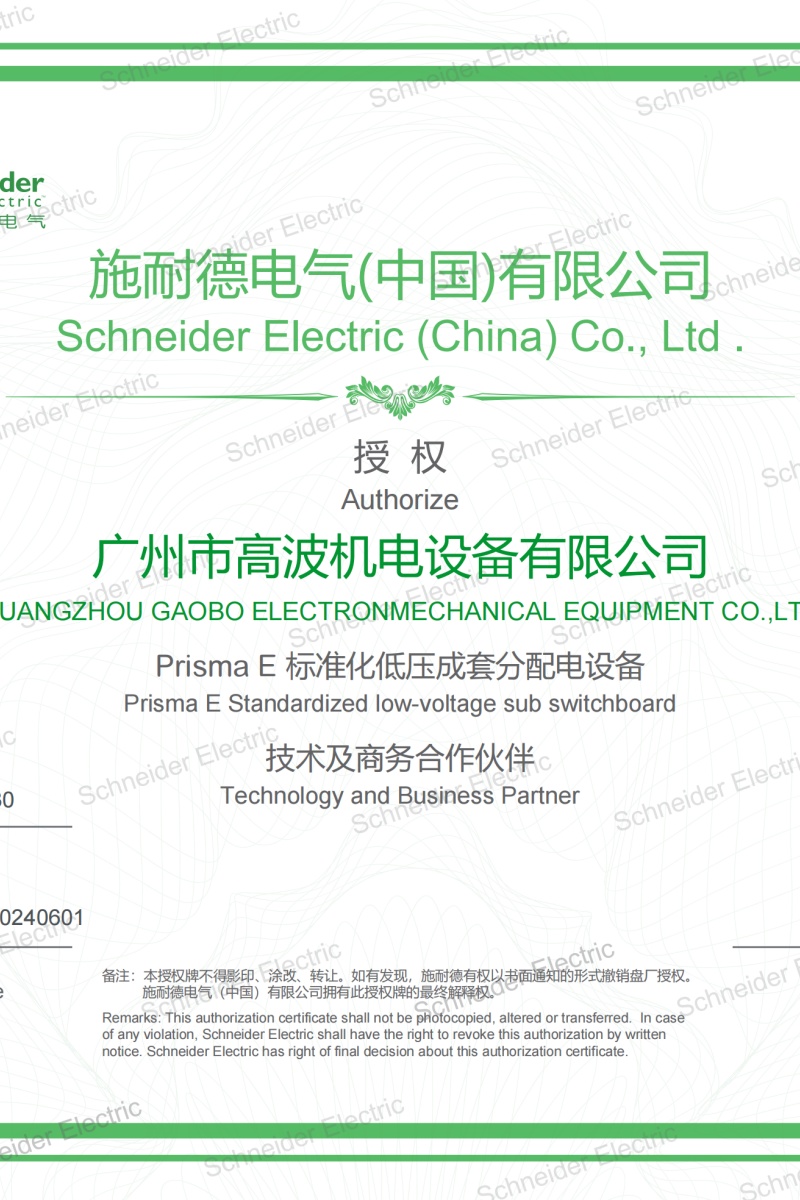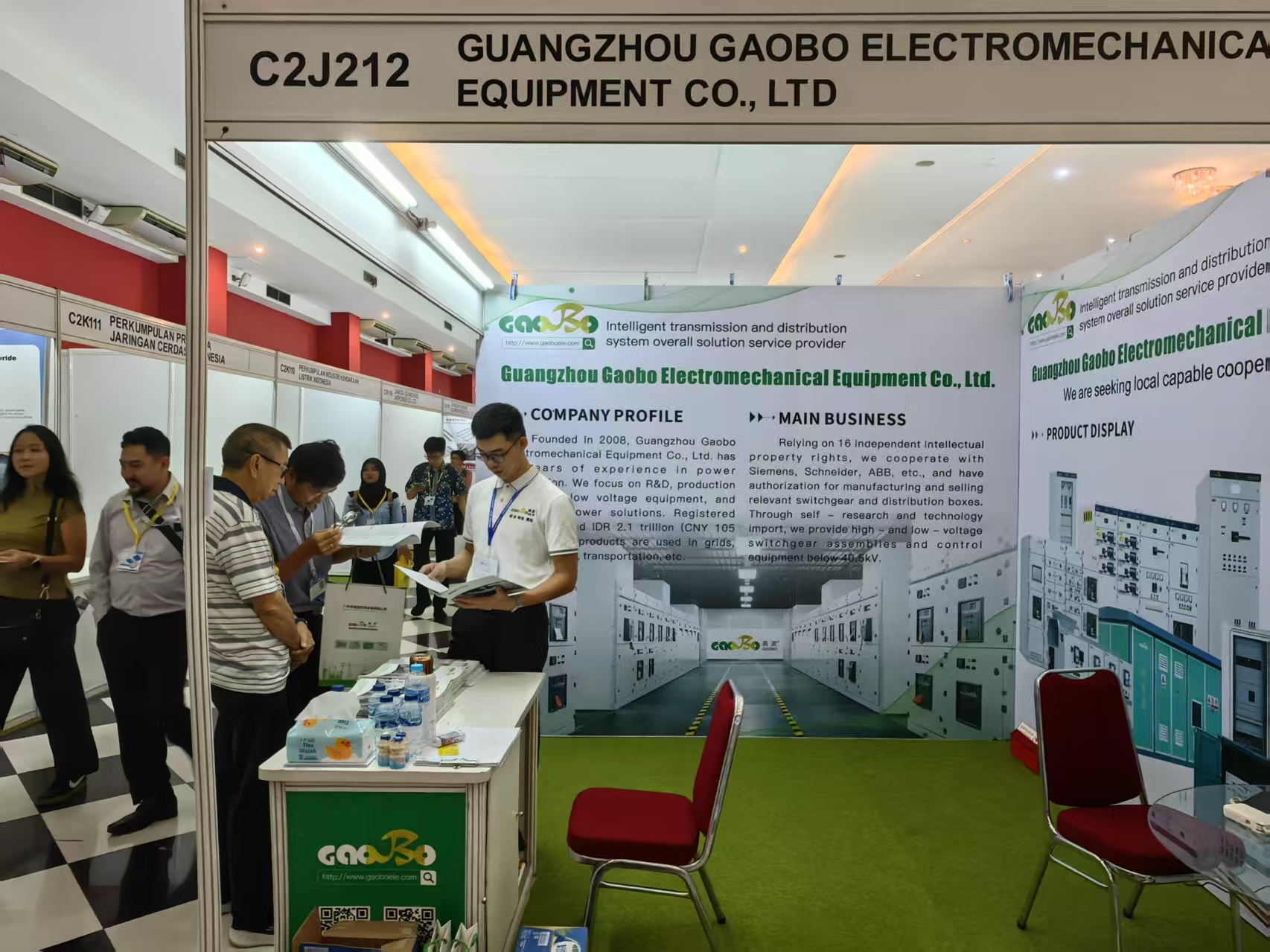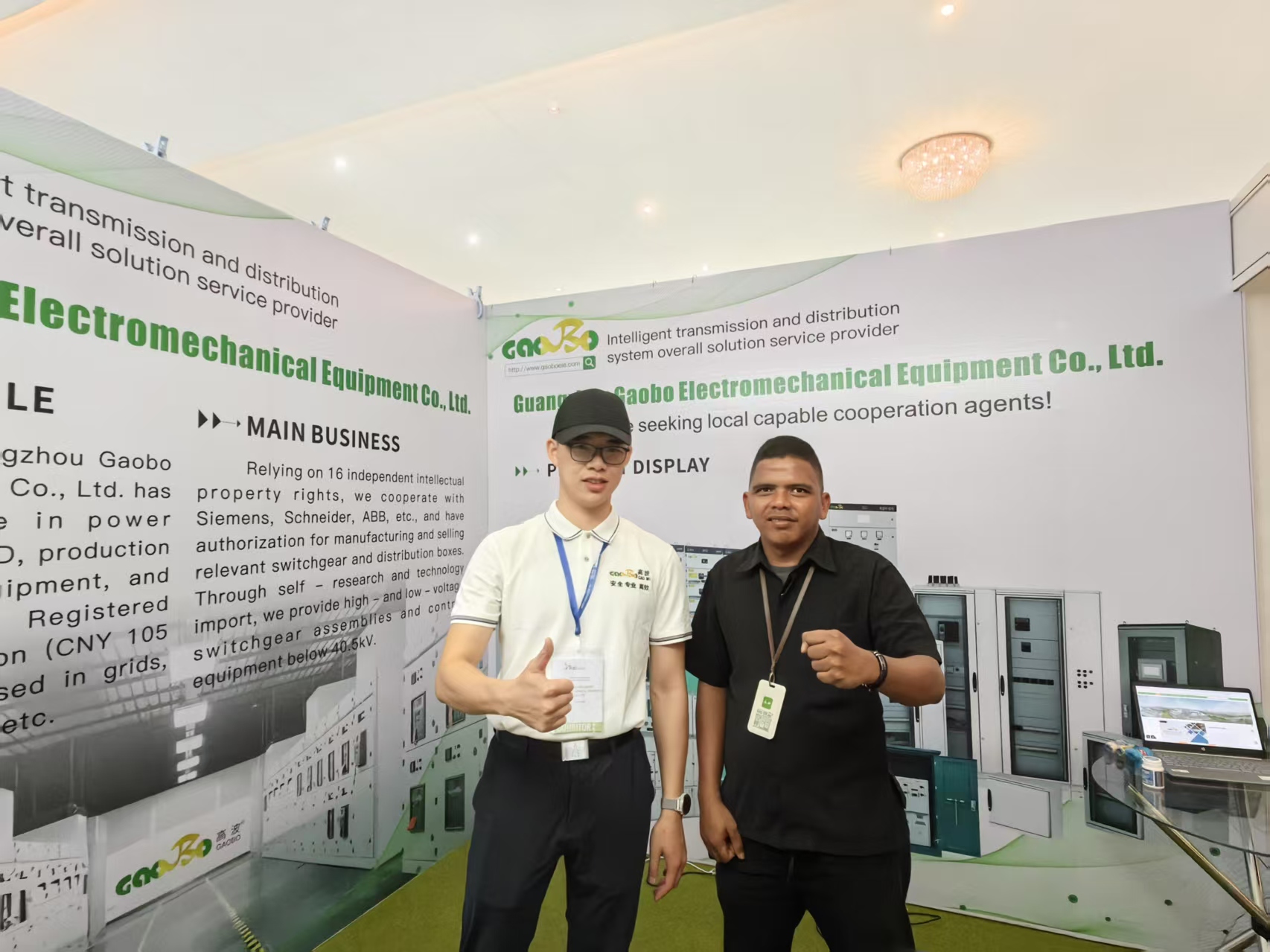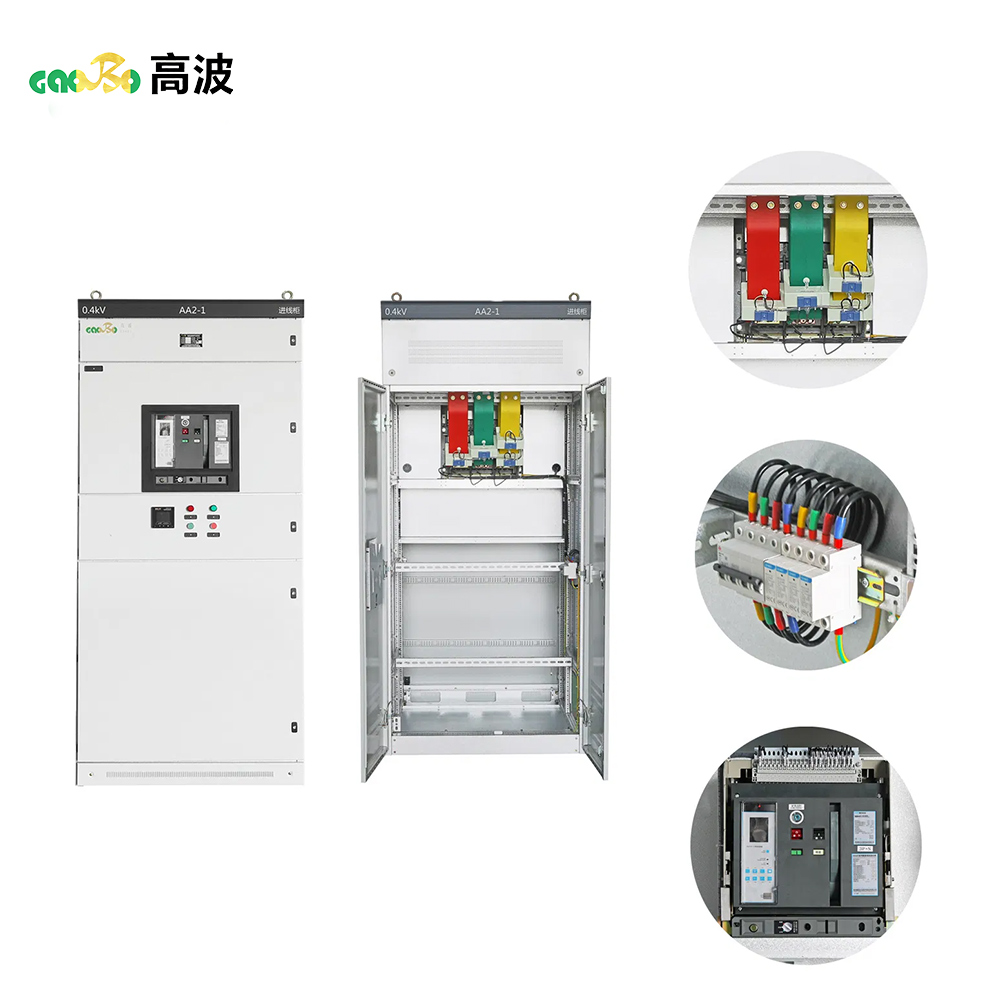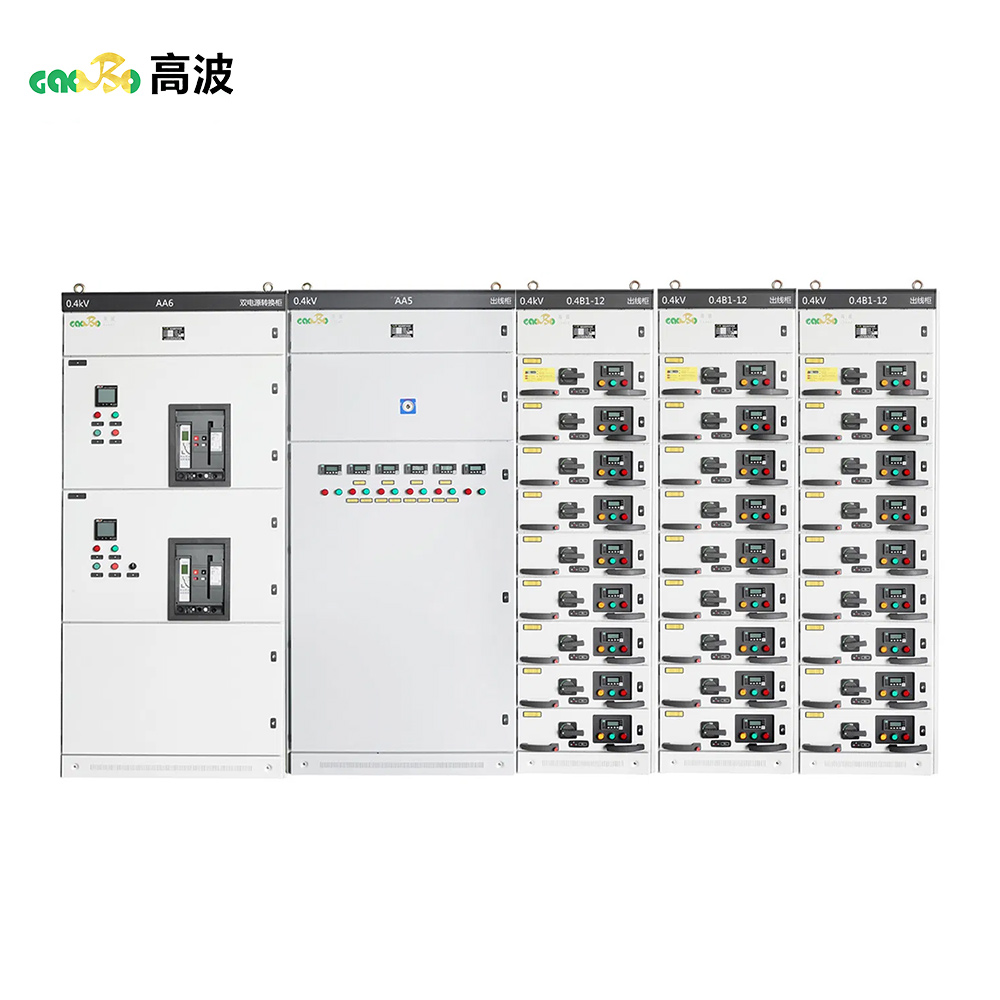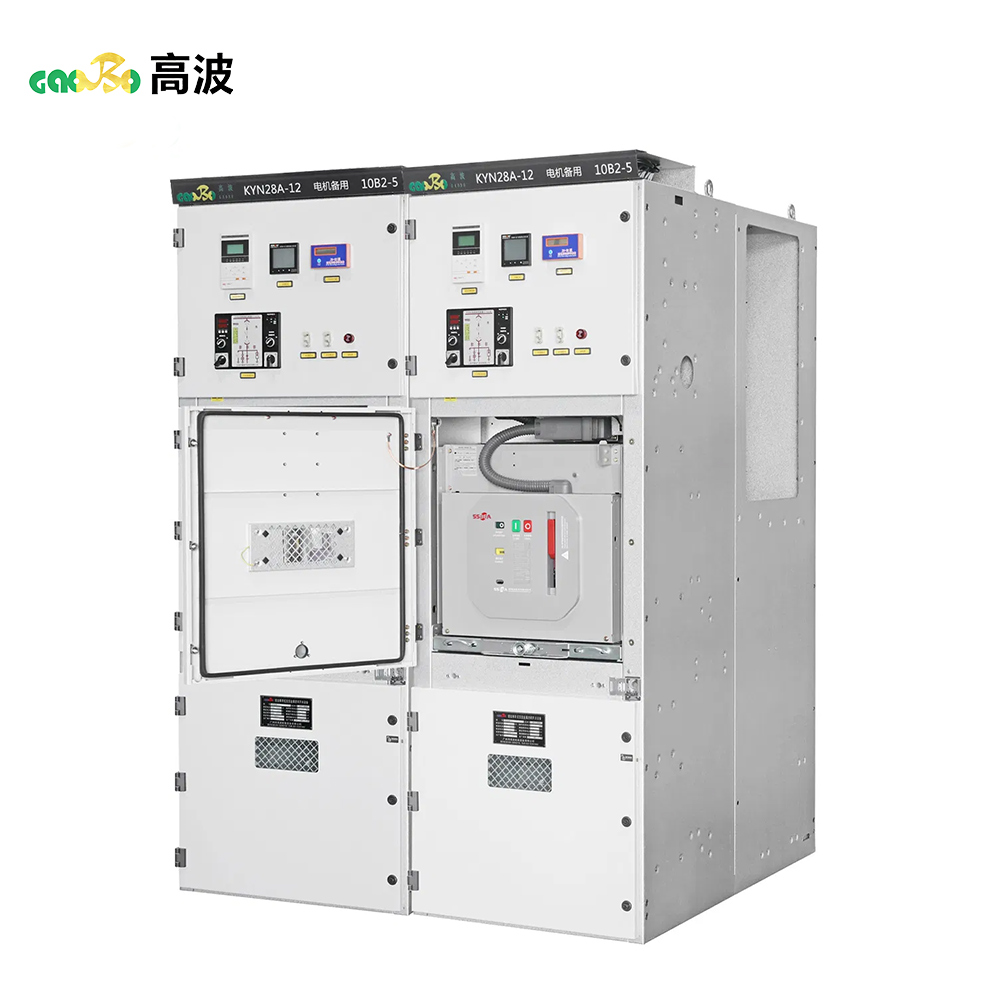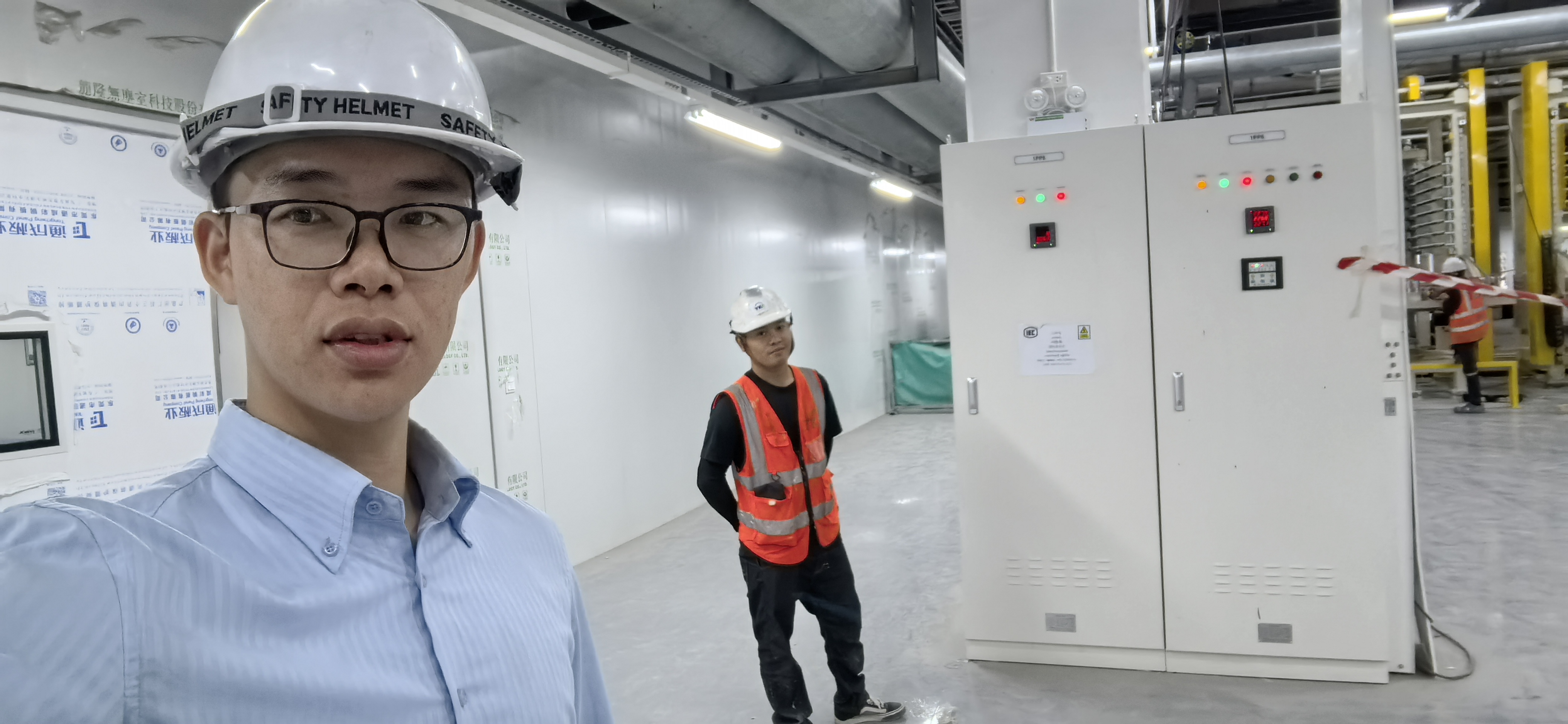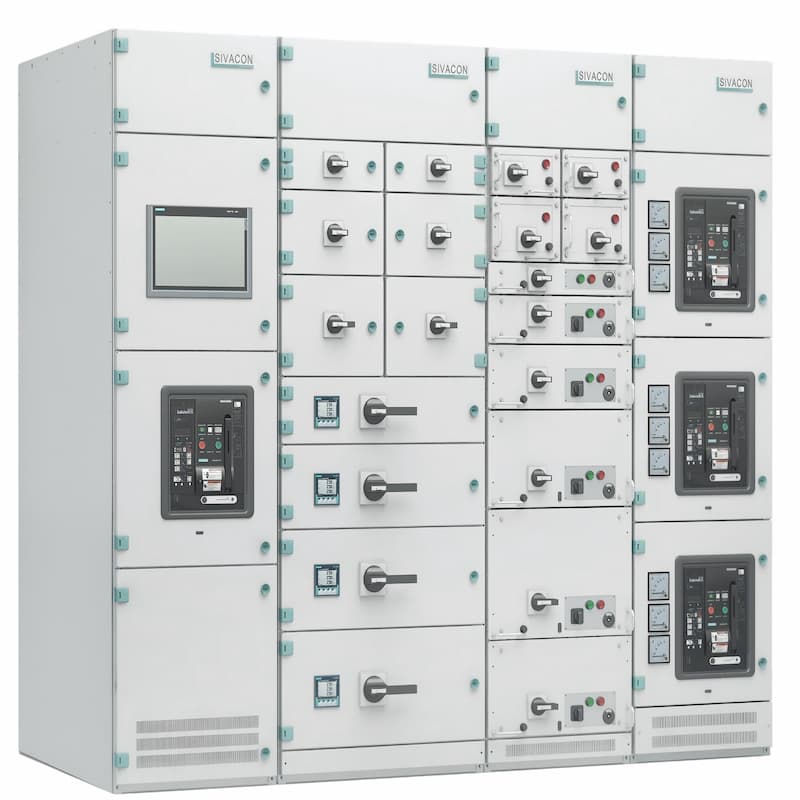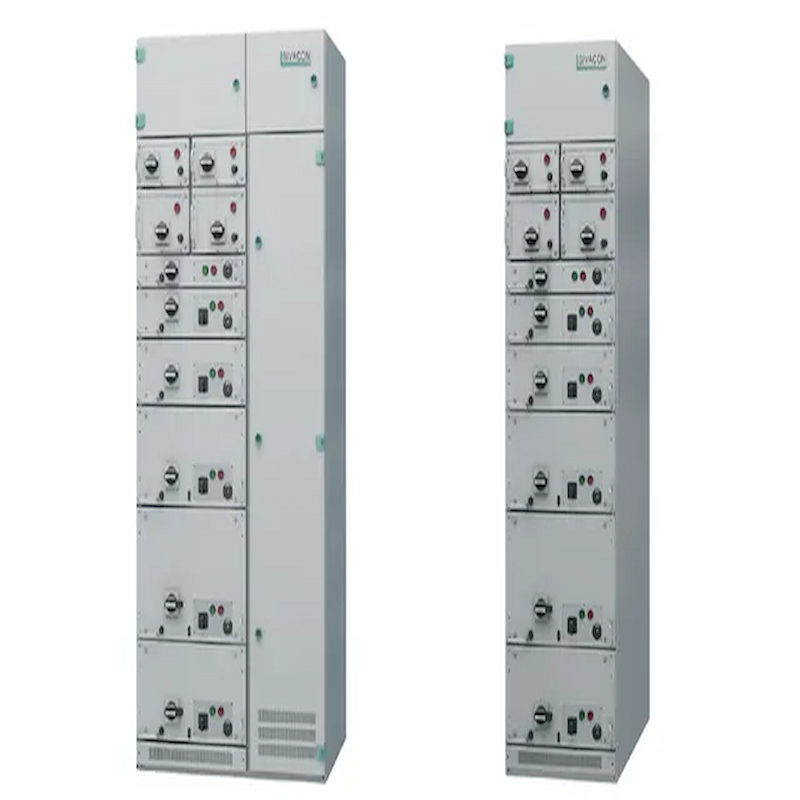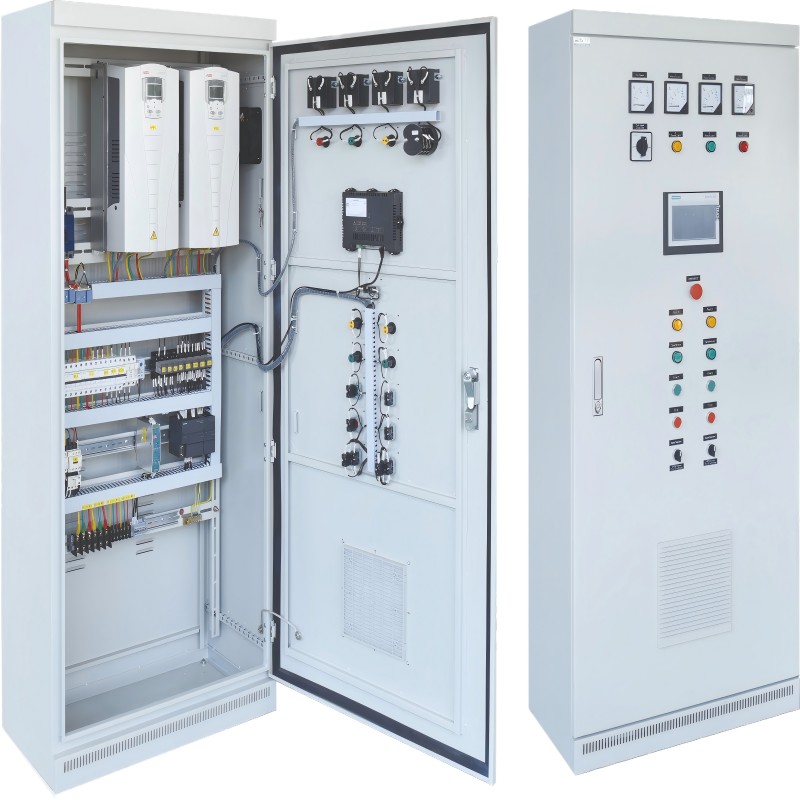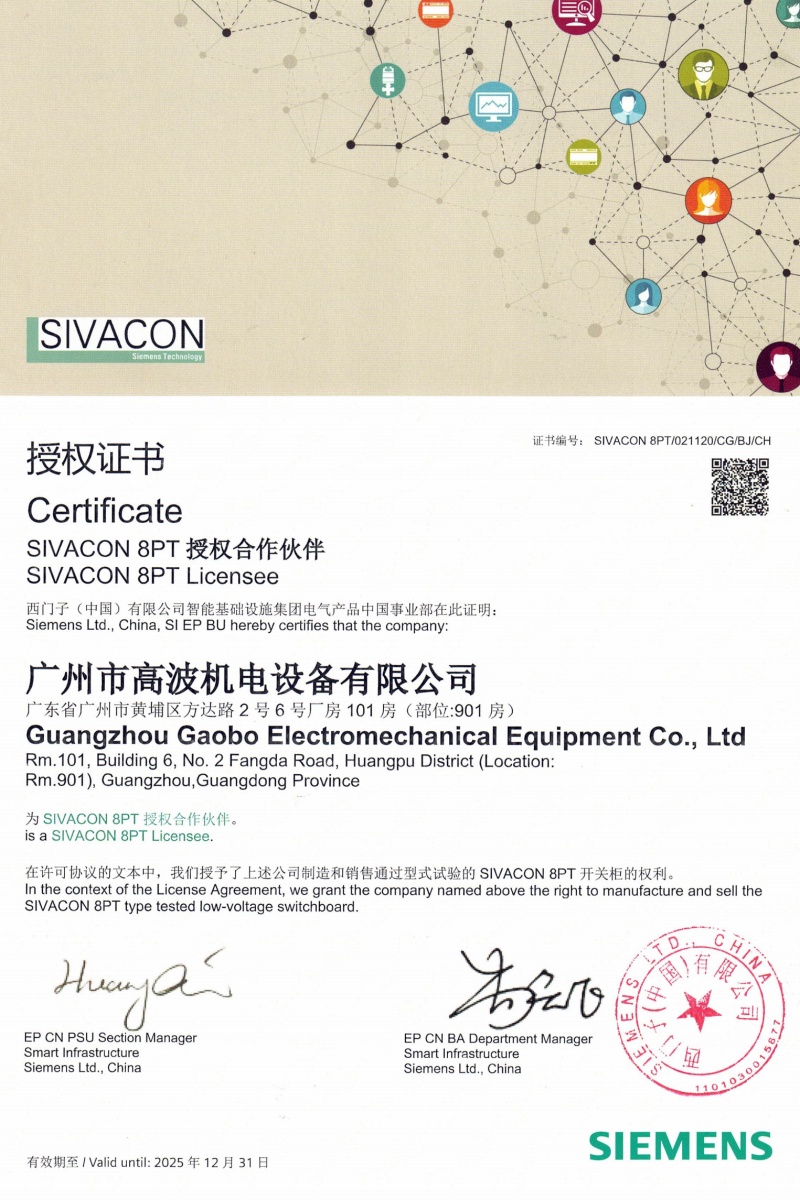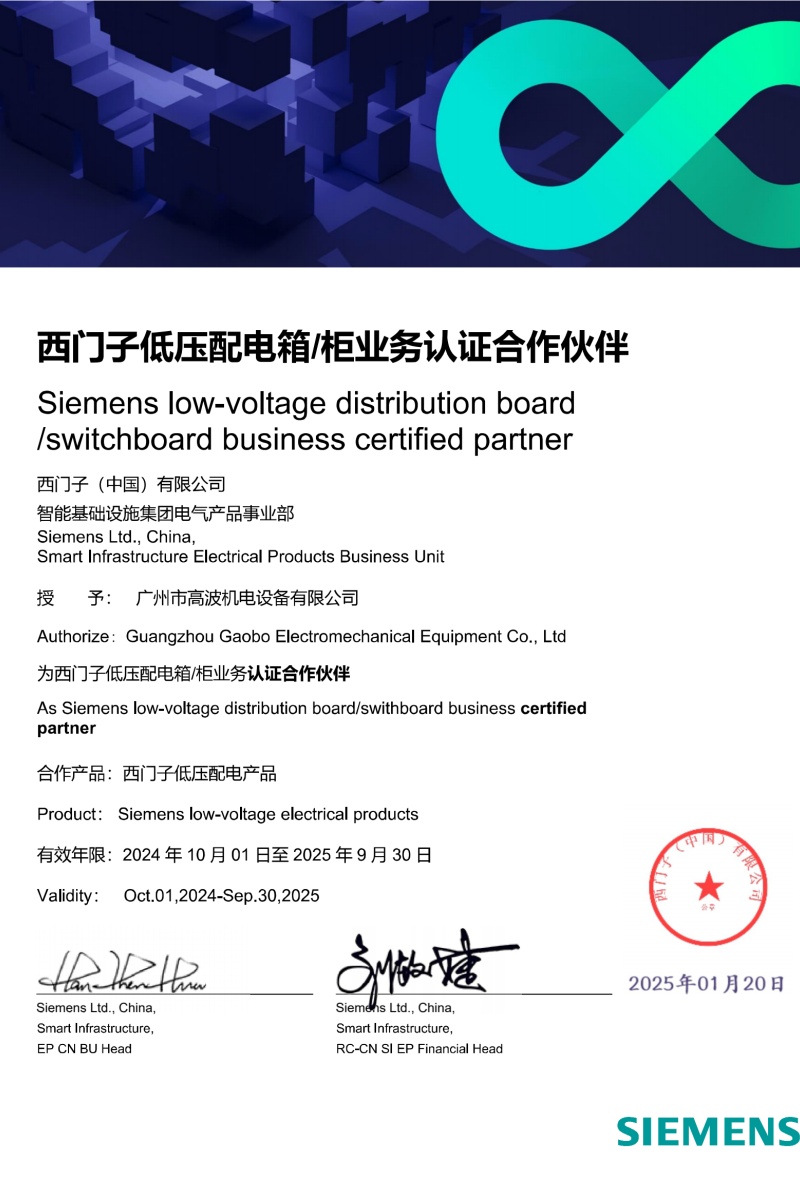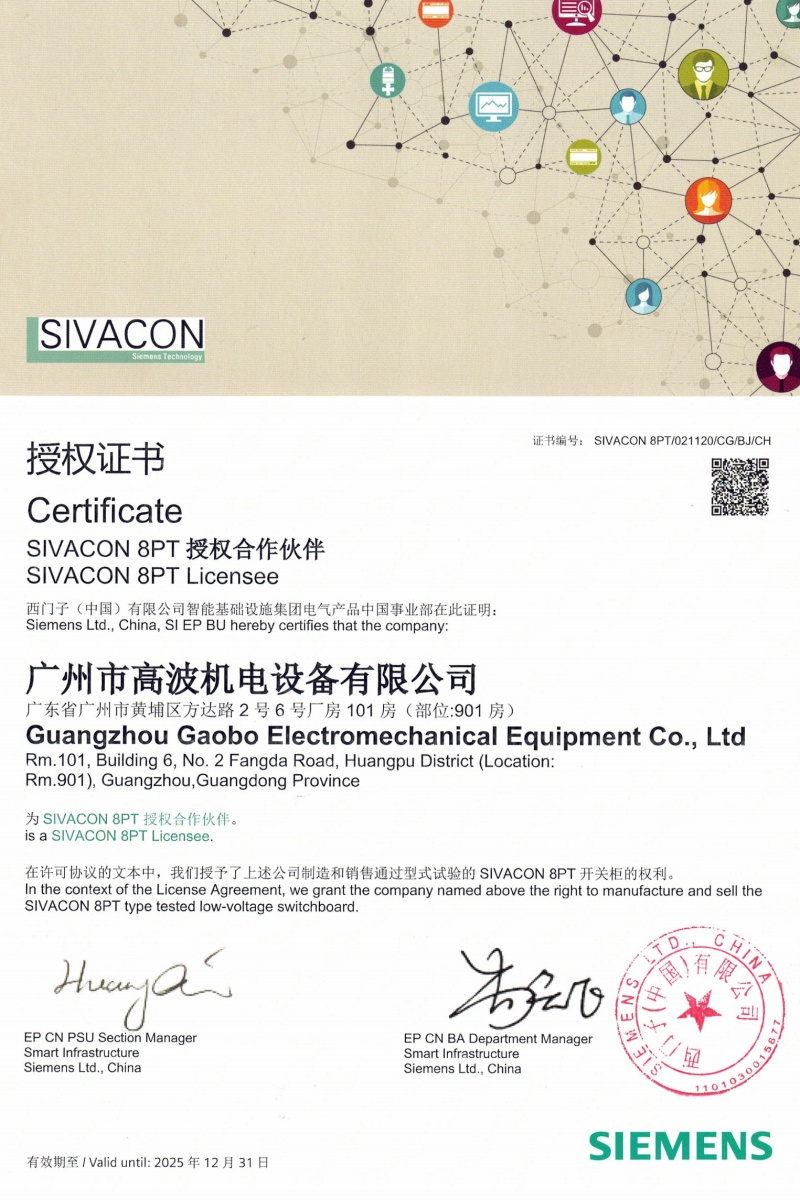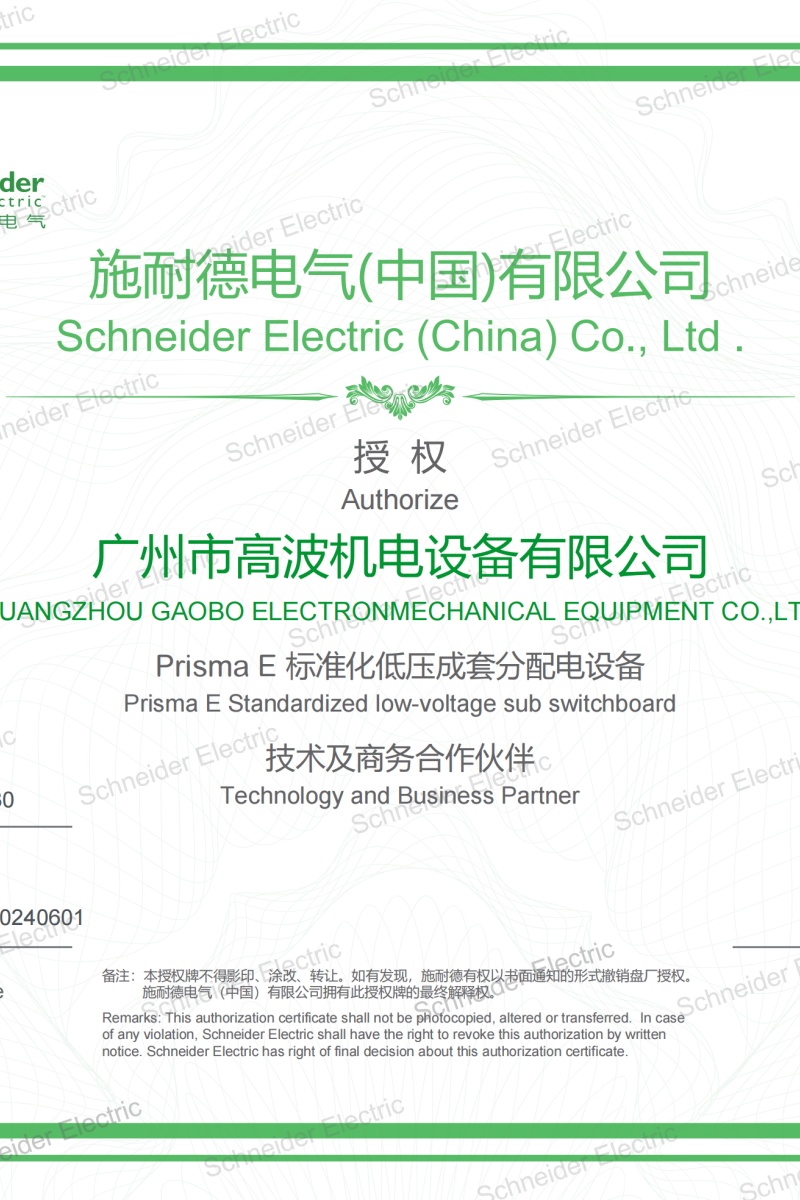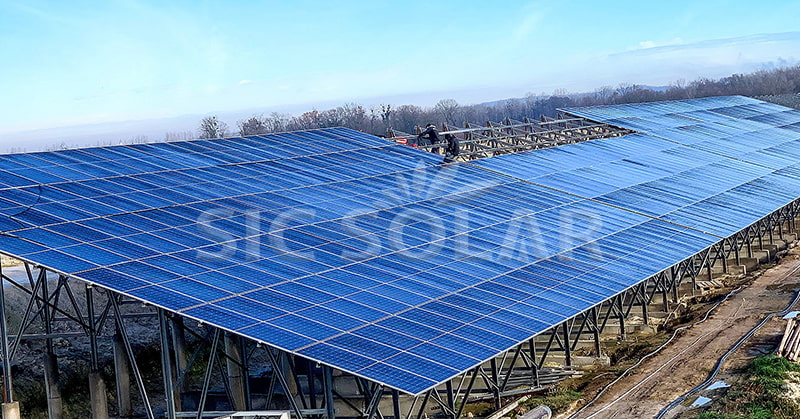I. What is Low-Voltage Switchgear?
Low-Voltage Switchgear, also commonly known as a Low-Voltage Distribution Board or Panelboard, is a complete set of electrical equipment used in power systems with AC voltages below 1000V and DC voltages below 1500V. Its primary functions are power distribution, control, metering, protection, and monitoring.
Think of it as a "Traffic Hub" or "Distribution Center" for electrical power:
Input: It receives electrical power from the upstream source (e.g., a transformer).
Core Function: It distributes, controls, and protects the electrical power within its assembly.
Output: It safely and systematically delivers power through multiple circuits to various end-use equipment, such as workshop motors, office lighting, air conditioners, and water pumps.
Common Model Designations: You may have heard of MNS, GGD, GCK, GCS, Prisma, or Blokset. These are different types and brands of low-voltage switchgear, varying in structure, technical parameters, and application.
Guangzhou Gaobo Electromechanical Equipment Co., Ltd---Your Trusted Partner in Low Voltage Switchgear
II. Primary Roles and Functions
Power Distribution: Distributes the main incoming power to various branch circuits, supplying different areas and equipment.
Circuit Control: Enables the connection and disconnection of circuits using components like circuit breakers and contactors, allowing for manual, remote, and automatic control.
Protection: This is the most critical function. It automatically cuts off power in the event of faults such as overload, short-circuit, or earth leakage, protecting both personnel and equipment.
Metering and Monitoring: Incorporates energy meters, ammeters, voltmeters, etc., to measure power consumption and monitor grid parameters (e.g., voltage, current, power factor).
Isolation and Maintenance: Through disconnector switches or isolators, it provides a visible break in the circuit, ensuring safety during maintenance and servicing.
III. Main Components
A typical low-voltage switchgear assembly consists of the following parts:
| Component |
Function & Description |
Common Device Examples |
| Enclosure |
The metal housing that supports and contains all components, providing a degree of protection (e.g., IP30, IP54). |
Frame, door, panels |
| Busbar System |
The "main highway" inside the panel, responsible for carrying and distributing power. Typically made of copper or aluminum bars. |
Main horizontal busbar, vertical riser busbar |
| Functional Units |
Modular sections that perform specific control and protection functions. |
- Incoming Unit (Main): Total power supply input.
- Feeder Units: Distribute power to branch circuits.
- Capacitor Bank (Power Factor Correction): Improves power factor, saves energy.
- Tie Coupler: Connects two power sources for backup. |
| Electrical Components |
The core devices that perform electrical operations. |
- Circuit Breaker: Main switching and protection device (e.g., Air Circuit Breaker - ACB, Molded Case Circuit Breaker - MCCB).
- Contactor: Frequently connects and disconnects circuits (e.g., for motor control).
- Thermal Overload Relay: Provides overload protection for motors.
- Fuse: Provides short-circuit protection.
- Disconnector / Isolator: Provides a visible isolation point.
- Current/Voltage Transformer: Steps down high current/voltage for measurement. |
| Instrumentation & Indication |
Used to display and monitor system status. |
Ammeter, Voltmeter, Power Factor Meter, Indicator Lamps, Push Buttons |
| Secondary & Control Circuits |
The wiring for control, measurement, signaling, and protection. |
Control relays, PLCs, Terminal Blocks, Control Wires |
IV. Main Classifications
By Construction:
Fixed Type: All electrical components are permanently installed. Simple structure, lower cost, but maintenance is less convenient. Example: GGD.
Withdrawable / Draw-out Type: Functional units like circuit breakers are built into removable drawers. If a circuit fails, the drawer can be quickly replaced with a spare, ensuring high availability and ease of maintenance. Examples: MNS, Blokset, Prisma. This is the modern and recommended mainstream choice.
By Application:
Distribution Boards: For general power distribution.
Control Panels / Motor Control Centers (MCC): Specifically for controlling equipment like motors.
Capacitor Banks: For reactive power compensation.
Soft Starter / VFD Panels: Contain soft starters or Variable Frequency Drives for smooth motor starting and speed control.
V. Application Fields
Low-voltage switchgear is essential infrastructure found in:
Industrial: Factories, mines, manufacturing plants.
Commercial: Office buildings, shopping malls, hotels, hospitals, schools.
Infrastructure: Airports, railway stations, subways, stadiums, data centers.
Residential: Apartment complexes, high-rise building electrical rooms.
Renewable Energy: Power distribution after inverters in solar PV plants and wind farms.
VI. Key Considerations for Selection
When selecting low-voltage switchgear, consider the following factors:
Total Load Capacity & Calculation: Determine the total electrical load and current requirements.
Cable Entry/Exit: Top or bottom cable entry.
Type of Assembly: Choose between fixed or withdrawable based on budget and required reliability.
Component Brands: The brand and quality of core components (breakers, contactors) are critical.
Ingress Protection (IP) Rating: Select the appropriate IP code based on the installation environment (e.g., humidity, dust).
Future Expandability: Consider the need for adding circuits in the future.
Standards & Certification: Ensure the product complies with national or international standards (e.g., IEC, UL, GB) and holds necessary certifications (e.g., CE, CCC).
VII. Safety Operating Procedures
Safety is paramount! Operation and maintenance of low-voltage switchgear must be performed only by qualified and certified electricians.
Strictly implement a Permit-to-Work system.
Before working, always verify absence of voltage, discharge capacitors, and apply grounding and short-circuiting.
Display clear warning signs, such as "DO NOT SWITCH ON - MEN AT WORK".
Use proper insulated tools and Personal Protective Equipment (PPE).
Never operate a disconnector/isolator under load.
